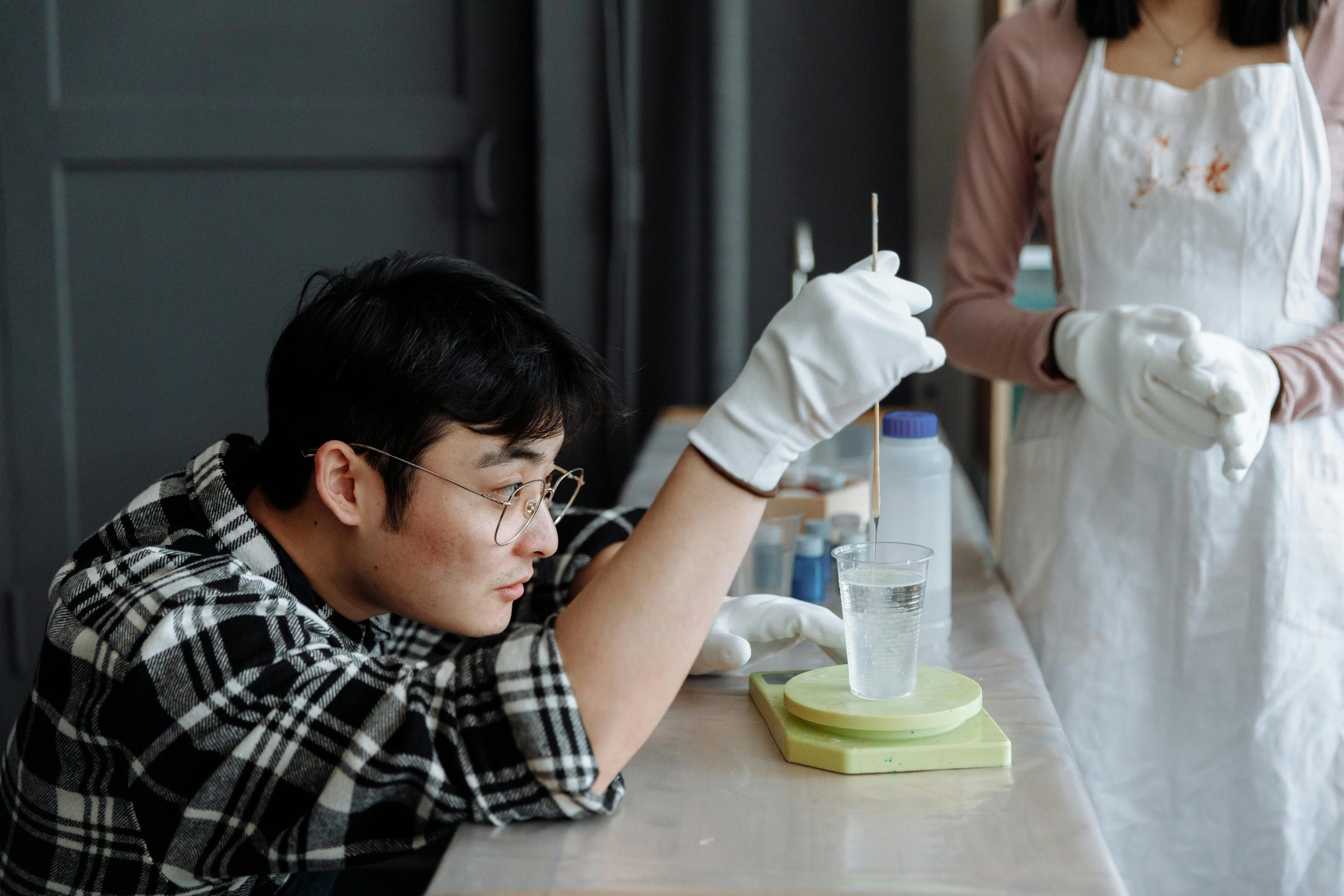Creativity and Innovation: Teaching the Unteachable Skills
Creativity and innovation are two skills that are highly sought after in today’s job market. According to the World Economic Forum, these are ranked among the top 10 skills that employees will need to thrive in the workplace of the future. Despite their importance, teaching creativity and innovation has always been a challenge. Many argue that these skills are innate and cannot be taught. However, recent studies have shown that with the right approach, these “unteachable” skills can be nurtured and developed. In this article, we will explore the importance of creativity and innovation, and discuss effective ways to teach these skills in the classroom.
The Value of Creativity and Innovation
Creativity and innovation are often used interchangeably, but there are distinct differences between the two. Creativity is the ability to come up with new and original ideas, while innovation is the process of turning those ideas into tangible products or solutions. In today’s fast-paced business world, creativity and innovation are vital for companies to stay competitive. The ability to think outside the box and come up with innovative solutions is what sets successful businesses apart from the rest.
Besides being important for businesses, creativity and innovation also have many personal benefits. They allow individuals to approach problems from different angles, come up with unique solutions, and think critically. These skills are not only beneficial in the workplace but also in everyday life. From personal relationships to decision-making, creativity and innovation play a significant role in our lives.
Common Misconceptions about Teaching Creativity and Innovation
The idea that creativity and innovation are innate skills that cannot be taught has been a common misconception for many years. However, recent research has debunked this belief. A study by the University of Central Florida showed that as little as 20 minutes of training can significantly increase creativity levels in individuals. This goes to show that creativity and innovation are skills that can be learned and developed.
Another common misconception is that creativity and innovation are only relevant to certain fields, such as art or design. The truth is that these skills are essential in all industries. From healthcare to finance, creativity and innovation are necessary for problem-solving, adapting to change, and staying competitive in the market.
Effective Strategies for Teaching Creativity and Innovation
1. Encourage Curiosity and Risk-Taking
One of the first steps in teaching creativity and innovation is to create an environment that fosters these skills. Encouraging curiosity and risk-taking allows students to challenge their assumptions, explore new ideas, and learn from failure. Teachers can do this by asking open-ended questions, allowing students to question and challenge traditional methods, and promoting brainstorming sessions.
2. Incorporate Creativity into All Subjects
Creativity and innovation are not only limited to art or writing. They can be taught in all subjects by encouraging students to think critically, find alternative solutions, and come up with creative ideas. For example, a science teacher can ask students to come up with different ways to solve a problem in the lab, or a math teacher can give students a real-life scenario and ask them to come up with innovative solutions.
3. Utilize Technology
In today’s digital age, technology can be a powerful tool to enhance creativity and innovation in the classroom. There are many online tools, such as mind mapping software, that can help students visualize their ideas and think creatively. Virtual reality and simulation games can also be used to encourage students to think outside the box and come up with unique solutions to problems.
4. Emphasize the Importance of Collaboration
Creativity and innovation often thrive in a collaborative environment. By working in teams, students can bounce ideas off each other, learn from different perspectives, and come up with more innovative solutions. Teachers can assign group projects that encourage collaboration and require students to think creatively and work together to achieve a common goal.
In Conclusion
Creativity and innovation are essential skills that can be taught and nurtured. As educators, it is our responsibility to equip students with these skills to prepare them for the future. By creating an environment that encourages curiosity, incorporating creativity into all subjects, utilizing technology, and promoting collaboration, we can teach the “unteachable” skills and empower students to become innovative thinkers.
It’s time to break the myth that creativity and innovation are innate talents and start teaching these skills in our classrooms. Remember, the future belongs to those who can think creatively and bring innovative ideas to life. Let’s give our students the tools they need to thrive in the ever-changing world of work.










